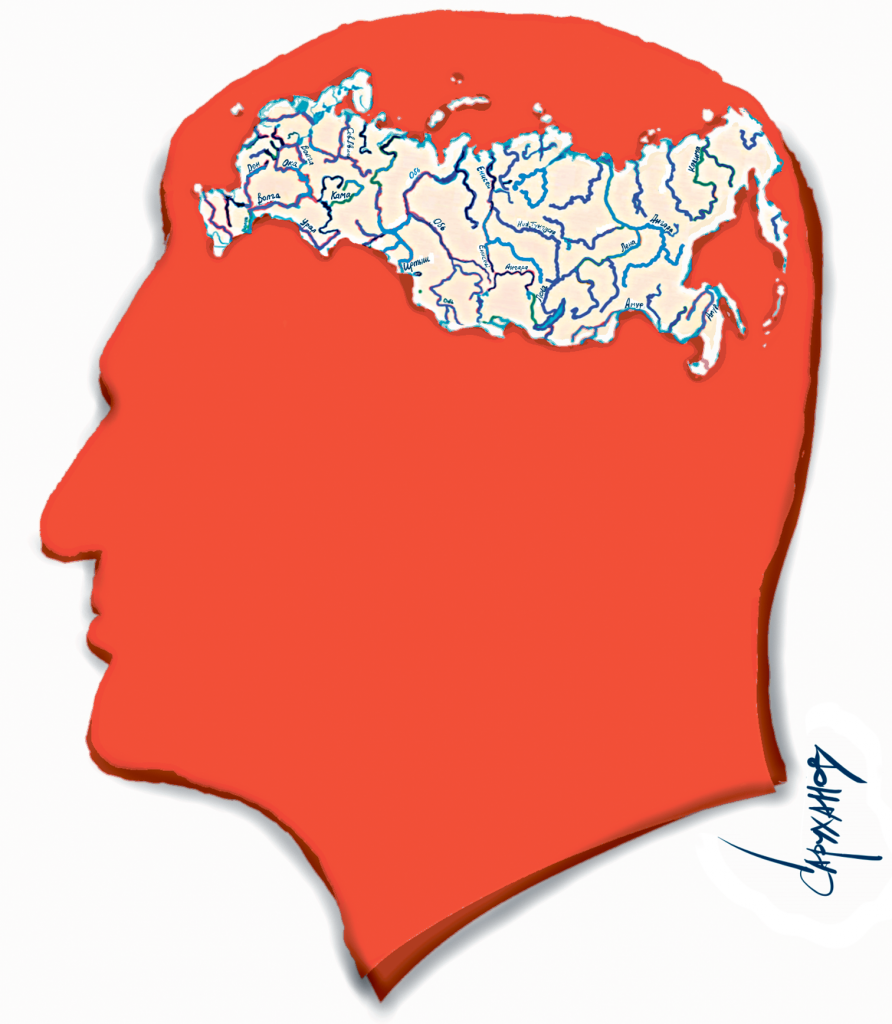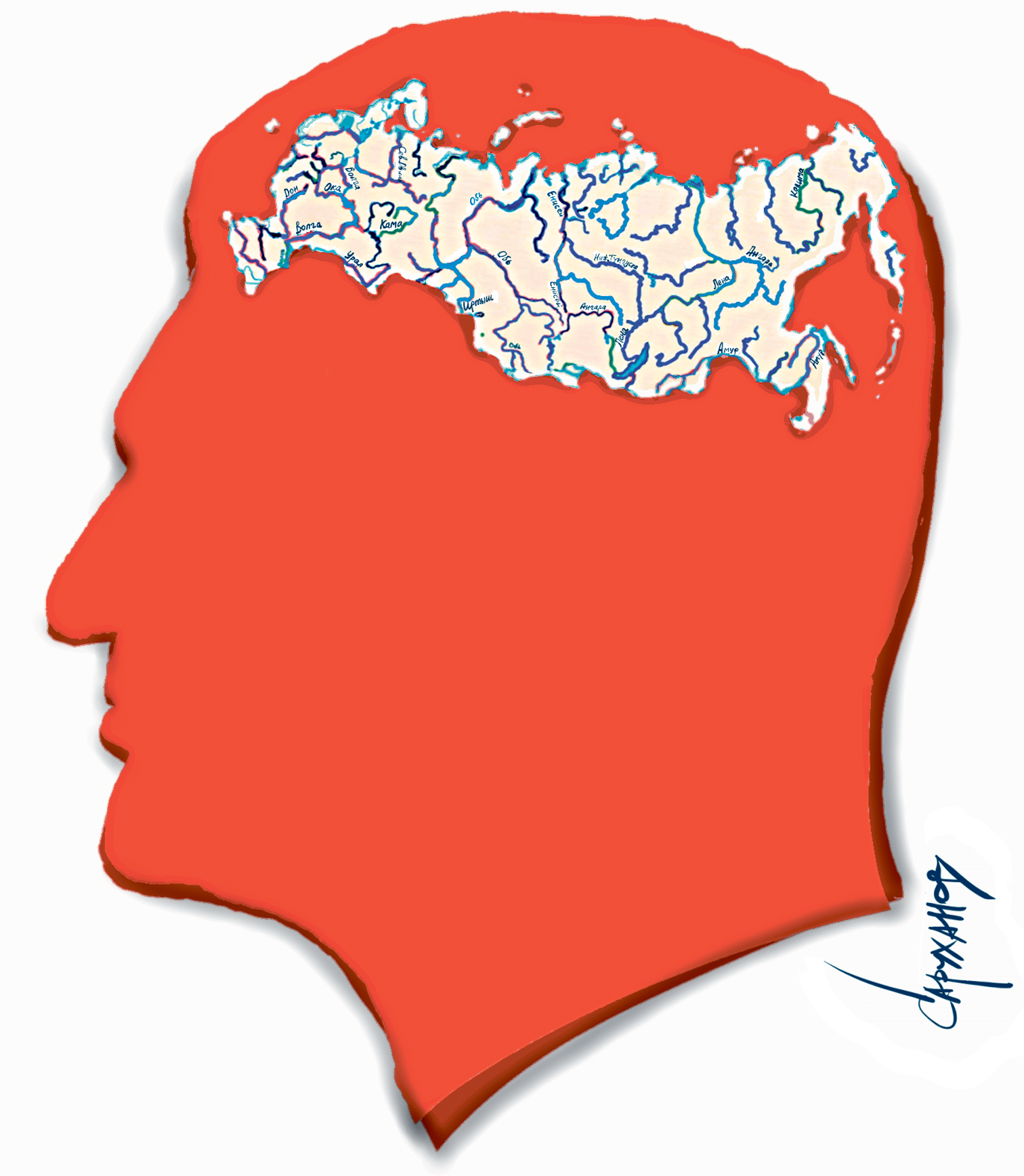
It has been almost two weeks since the International Hydropower Association (IHA) announced its “historic commitment” not to build dams inside the World Heritage areas. It became about the last in the long line of industries who have been convinced by the World Heritage Center to declare such a commitment. In the explanatory FAQ document the IHA even says that when creating dams in the same basins but outside World Heritage “the focus should be on avoiding and minimizing and mitigating residual impacts to ensure the Outstanding Universal Value of the World Heritage Site is not affected”.
However, “Existing projects already located in a Protected Area or World Heritage Site should be able to continue operating as the new IHA commitments only apply to new hydropower developments”. So 1200 dams which have been already built in the World Heritage and protected areas, according to IHA, may carry on business as usual disregarding their “disproportionate environmental impacts that cannot be effectively addressed”. Therefore the new industry commitment is hardly compatible even with “its own San Jose Declaration on Sustainable Hydro” being promoted as culmination of on-going Hydropower Congress.
The whole “IHA commitment” shows unsolvable dilemmas experienced by a cannibal tasked with writing “Responsible Eating Guidelines”. The main mission of the IHA is to present the case of “sustainable hydropower”, so that the world financial bureaucracies may support its plan to build 850 GW of new power plants to 1200GW we already have. On the other hand damming rivers is always associated with “disproportionate environmental impacts”, which often affect biodiversity and ecosystem processes in whole basins. At least two thirds of the world’s sizeable rivers are already dammed, while 87% of monitored freshwater species populations are in sharp decline. There is simply no room for additional 850GW of hydropower without major extermination of remaining biodiversity and essential ecosystem services. Similarly, with recognized necessity to safeguard at least 30% on the Earth in protected areas, there is hardly a possibility to add new dams without negatively affecting protected areas. So the IHA is now completing “mission impossible” trying to frame its pressing need to dam protected areas as a “green virtue” and “sustainability achievement”.
The San Jose Declaration says “All industry stakeholders should responsibly manage biodiversity impacts, with the aim of maintaining healthy, functional, and viable aquatic and terrestrial ecosystems in the project-affected area.” Anyone who dealt with aquatic ecology knows that the only sure way to achieve that is NOT to build a dam in any sensitive biodiversity area. In current tragic situation practically any still free-flowing rivers and any designated or planned protected area fall in this category.
Biodiversity crisis is so evident that it forced many banks and international agencies to explicitly avoid projects affecting “critical habitats” and first of all those already situated in protected areas. Such “No Go” policies are the most reliable tools to minimize environmental impact of almost any industry. The IHA finally explicitly recognized this fact by “honoring” World Heritage areas, but then immediately declared that “sustainable hydropower” cannot afford preserving natural rivers even in protected areas. It says: “High standards of performance and transparency should be implemented when affecting protected areas as well as candidate protected areas and corridors between protected areas, through a systematic application of the Hydropower Sustainability Tools or certification against the Hydropower Sustainability Standard.” BINGO! Hydropower Sustainability Standard is your ticket to destroy protected areas sustainably and transparently.
At the end of the day it is good that after two years of “dialogue with conservation organizations” the IHA recognized it has a major problem with “no go” limitations and demonstrated it actually has concerns about inherent inability of hydropower industry to carry on without destroying protected areas. Reading such document one should wear cannibal’s eyeglasses to understand the nature of such dietary limitations. In their situation it is truly a great leap forward.
The sad truth however is that such a commitment from IHA is likely worth close to nothing as its members do not take “sustainability standards” seriously. The largest World Heritage Site in Africa Selous Game Reserve in 2018-2021 has been dissected by hydropower project built on Rufiji River by the largest member-company of the IHA – Power China\Sinohydro – which has had the commitment not to build dams in the World Heritage written into its policies. In 2019 the IHA presented a special industry achievement award to this very company.
During last two years, while the IHA was buying time and formulating this “commitment” hydrodam projects implemented in Turkey, China, Lao, Honduras, Ethiopia and other countries affected World Heritage. More than 80% of capacity installed globally since 2019 is associated with major negative environmental and social impacts. This is unavoidable damage if “sustainable hydropower” is allowed to expand in its old forms. Only banning construction of hydropower dams on yet unaffected river stretches and natural lakes may help preservation of freshwater biodiversity, let alone guarantee integrity of protected areas.
Even the WWF, which has been a “knowledge partner” with IHA for more than a decade can no longer accept such interpretations of “sustainability”. The WWF European Policy Office immediately reacted to the IHA’s smear: “First hydropower Standard will not stop damage to European rivers. The fact that the industry itself is trying to address the problem is proof that the existing rules aren’t working. The Standard will not be enough to address the devastation the sector continues to wreak on ecosystems and biodiversity in Europe, because European rivers are already saturated with hydropower. Only stopping new hydropower projects and their subsidies will protect Europe’s rivers and their wildlife.”
We congratulate the WWF European Policy Office on this timely statement. At the same time, we would like to conduct a poll among WWF offices around the world whether any of them consider that their region has not had enough hydropower dam construction…

